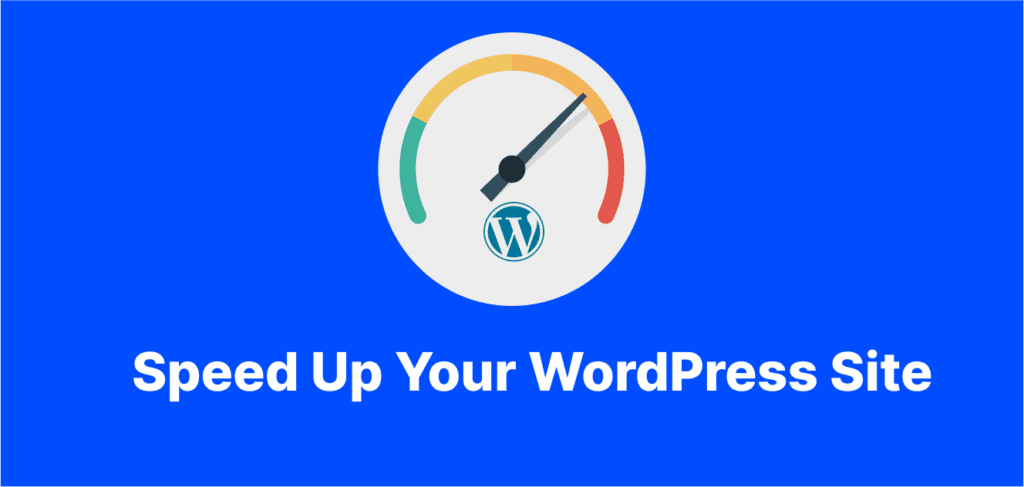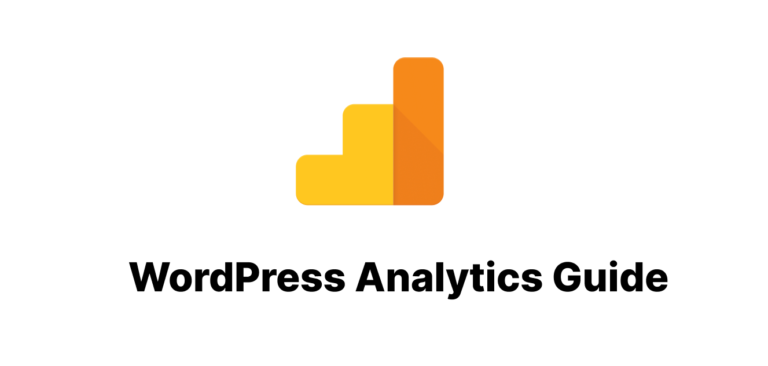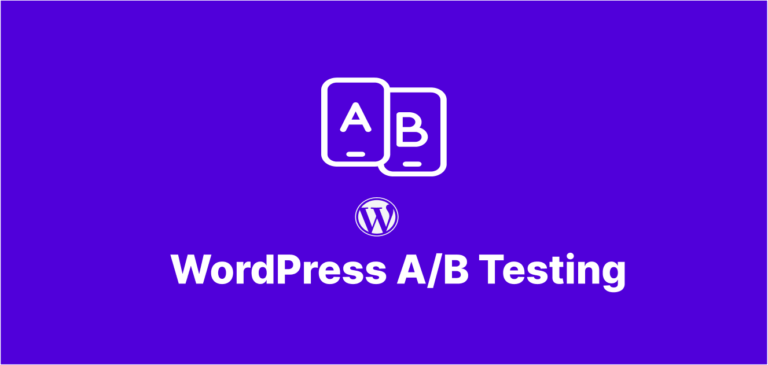Is your WordPress site crawling along like a snail? You’re not alone. 53% of visitors abandon websites that take longer than 3 seconds to load, according to Google’s latest research. Site speed isn’t just about user experience anymore—it’s a critical ranking factor that can make or break your online success.
In this comprehensive guide, you’ll discover 17 actionable techniques to dramatically speed up your WordPress site, boost your SEO rankings, and keep visitors engaged. No technical jargon—just straightforward solutions that deliver real results.
Why WordPress Site Speed Is More Critical Than Ever in 2025
Before diving into the solutions, let’s understand what’s at stake:
- Google’s Core Web Vitals:Now weighted more heavily in rankings
- Mobile-first indexing: Speed on mobile devices matters more than desktop
- User expectations: The average expected load time has dropped to under 2 seconds according to research by Pingdom
- Conversion impact: A 1-second delay can reduce conversions by up to 7% based on studies by Deloitte
1. Choose Speed-Optimized WordPress Hosting
Your hosting provider is the foundation of your site’s performance. Shared hosting might save you a few dollars, but it could cost you thousands in lost revenue.
What to look for in speed-optimized hosting:
- Server response time under 200ms
- PHP 8.1 or higher support
- Built-in server-side caching
- SSD storage
- HTTP/3 and QUIC support
Our top recommendations for speed:
- WP Engine (Premium option)
- SiteGround (Budget-friendly choice)
- Kinsta (Developer-friendly option)
2. Implement a Lightweight WordPress Theme
Many beautiful themes are bloated with unnecessary features that slow down your site. The fastest WordPress sites use lightweight, well-coded themes.
Look for these characteristics:
- Minimal HTTP requests
- No jQuery dependency
- Mobile-first approach
- Clean, efficient code
Best performing themes we’ve tested:
- GeneratePress
- Kadence
- Astra
- Blocksy
3. Optimize Your Images (Without Sacrificing Quality)
Images typically account for 50-80% of a webpage’s total size. Proper image optimization can cut your load time in half.
Essential image optimization techniques:
- Resize before uploading: Never upload 4000px images for 800px spaces
- Compress efficiently: Use WebP format (supported by all major browsers in 2025)
- Implement lazy loading: Only load images as users scroll to them
- Add proper dimensions: Always include width and height attributes
Tools to automate the process:
- ShortPixel Image Optimizer
- Optimole
- EWWW Image Optimizer
4. Set Up a Caching Solution
Caching creates static versions of your dynamic WordPress pages, dramatically reducing server processing time and database queries.
Three essential caching layers:
- Browser caching: Set proper cache-control headers
- Page caching: Create HTML snapshots of your pages
- Object caching: Store database queries in memory
Recommended caching plugins:
- WP Rocket (All-in-one premium solution)
- LiteSpeed Cache (If your server runs LiteSpeed)
- W3 Total Cache (Free comprehensive option)
5. Implement a Content Delivery Network (CDN)
A CDN distributes your site’s static assets across a global network of servers, delivering content from locations closest to your visitors.
Benefits of using a CDN:
- Up to 60% reduction in page load time for international visitors
- Reduced server load
- DDoS protection
- Image optimization on-the-fly
Top CDN options in 2025:
- Cloudflare (Free plan available)
- BunnyCDN (Cost-effective option)
- StackPath (Advanced security features)
6. Optimize Your WordPress Database
Over time, your WordPress database accumulates clutter that slows down queries and increases load times.
Database optimization checklist:
- Remove post revisions (limit to 2-3 max)
- Delete spam and trashed comments
- Clear out transients
- Optimize database tables
- Remove unused posts and metadata
Tools to help:
- WP-Optimize
- Advanced Database Cleaner
- WP Rocket’s database optimization feature
7. Minify and Combine CSS and JavaScript Files
Multiple CSS and JavaScript files create additional HTTP requests, slowing down your site.
Optimization techniques:
- Minify CSS/JS (remove unnecessary characters)
- Combine multiple files where possible
- Defer non-critical JavaScript
- Inline critical CSS
Tools for implementation:
- Asset CleanUp
- Autoptimize
- WP Rocket’s file optimization features
8. Use PHP 8.2+ and Keep It Updated
PHP 8.2+ offers significant performance improvements over older versions, with some sites seeing up to 30% faster execution times.
Key benefits:
- Improved memory management
- Just-In-Time compilation
- Optimized opcache
- Better error handling
Check with your hosting provider about upgrading to the latest PHP version—most quality hosts now offer PHP 8.2 or 8.3.
9. Optimize WordPress Core Web Vitals
Google’s Core Web Vitals are now essential ranking signals. Focusing on these specific metrics can dramatically improve both perceived and actual site speed.
The three critical metrics:
- Largest Contentful Paint (LCP): Aim for under 2.5 seconds
- First Input Delay (FID): Should be less than 100ms
- Cumulative Layout Shift (CLS): Keep under 0.1
Tools to measure and optimize:
- Chrome User Experience Report
- PageSpeed Insights
- Web Vitals plugin for WordPress
10. Reduce Plugin Bloat
Every plugin adds code to your site, and poorly coded plugins can significantly impact performance.
Best practices for plugin management:
- Conduct a plugin audit quarterly
- Test site speed before and after installing new plugins
- Replace multiple single-function plugins with comprehensive solutions
- Disable plugins on pages where they’re not needed
11. Implement GZIP Compression
GZIP compression can reduce your file sizes by up to 70%, significantly decreasing load times.
Most hosting providers enable GZIP by default, but you can verify it’s working using tools like:
- GTmetrix
- Checkbot
- GZIP compression test
If it’s not enabled, you can activate it through:
- .htaccess modifications
- WordPress plugins like WP Rocket
- Asking your host to enable it
12. Optimize Font Loading
Custom fonts can significantly impact loading times if not properly optimized.
Font optimization tactics:
- Limit font families (2-3 maximum)
- Reduce font weight variations
- Use system fonts where possible
- Implement font-display: swap
- Consider variable fonts for multiple weights
13. Implement Browser Hints (Preconnect, Preload, Prefetch)
Browser hints tell browsers what resources to load first, establishing connections early to improve perceived load times.
Three essential browser hints:
- Preconnect: Establish early connections to important third-party domains
- Preload: Load critical resources first
- Prefetch: Load resources likely needed for future navigation
Add these through your performance plugin or directly in your theme’s header.
14. Update to HTTP/3
HTTP/3 provides significant performance benefits, especially for mobile visitors on unstable connections.
Key advantages:
- Improved connection reliability
- Reduced connection setup time
- Better multiplexing
- Lower latency
Most premium WordPress hosts now support HTTP/3. Check with your provider to ensure it’s enabled.
15. Optimize Your WordPress Homepage
Your homepage is often the most visited page and deserves special attention.
Homepage optimization tactics:
- Limit posts on the main page (5-8 maximum)
- Use excerpts instead of full content
- Implement infinite scroll instead of pagination
- Prioritize above-the-fold content loading
- Consider a static homepage for maximum speed
16. Set Up Server-Side Analytics
Traditional analytics scripts like Google Analytics can slow down your site. Server-side analytics provide the data you need without impacting front-end performance.
Options to consider:
- Google Analytics 4 server-side container
- Cloudflare Analytics
- Plausible (privacy-focused option)
- Self-hosted analytics solutions
17. Implement AMP for Mobile Pages
While controversial, AMP can still provide significant speed benefits for content-focused sites.
When to consider AMP:
- News/media websites
- Blog-focused sites
- Sites with significant mobile traffic from Google Search
Best AMP plugins:
- AMP for WP
- Official AMP Plugin
Measuring Your WordPress Speed Improvements
After implementing these optimizations, measure your results with these tools:
- GTmetrix: For comprehensive performance reports
- PageSpeed Insights: For Core Web Vitals analysis
- WebPageTest: For detailed waterfall analysis
- Pingdom: For global performance testing
The Bottom Line: Speed Is a Continuous Process
WordPress optimization isn’t a one-time task—it’s an ongoing process. Set up quarterly performance reviews to ensure your site maintains its speed advantage.
Remember that a faster WordPress site means:
- Higher search engine rankings
- Better user experience
- Increased conversion rates
- Lower bounce rates
- Improved brand perception
What speed optimization techniques have worked best for your WordPress site? Share your experiences in the comments below!




